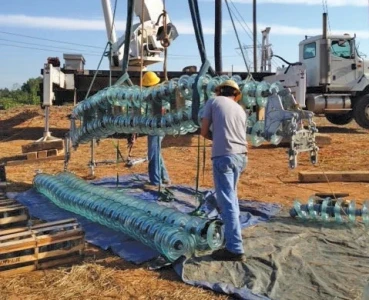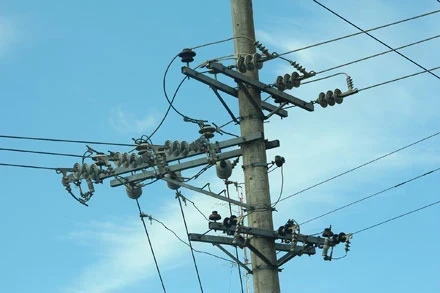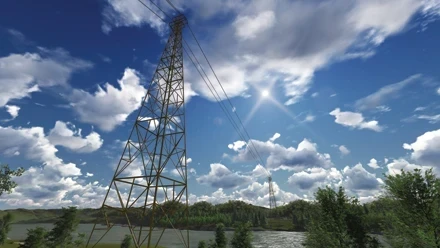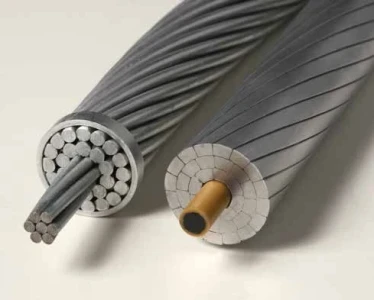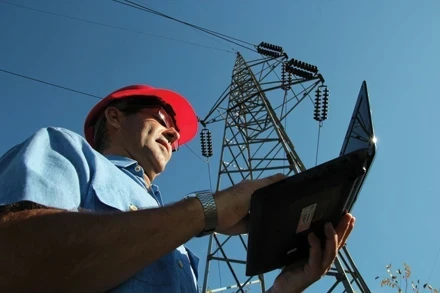Aging Cable Infrastructure

The 2014 Annual Energy Outlook Report compiled by the U.S. Energy Information Administration (EIA) forecasts that total electricity demand will grow by 29 percent (0.9 percent per year) by 2040. While growth has slowed in every decade since the 1950s, due in part to efficiency gains in appliance standards and investment in energy efficient equipment, a need exists to increase capacity while maintaining the current infrastructure to meet this future demand.
Transmission and distribution cable systems installed prior to the 1990s are nearing the end of their designed life and aging infrastructure is often cited by electric utilities as a basis for unplanned power outages. However, utilities also cite construction activities during the commissioning of new systems also as a factor affecting reliability.
Cable and accessory manufacturers believe—for a long time—that the catalyst of cable system failure is a phenomenon associated with partial discharge (PD). Consequently, manufacturers, have quality control tested newly manufactured components for PD activity as a standard operating procedure since the 1960s. However, for many years, electric utilities could not assess aged underground residential distribution (URD) and transmission cable systems to these exacting manufacturers’ standards in the field.


